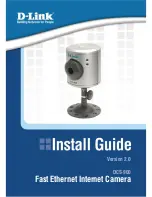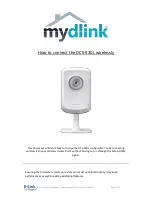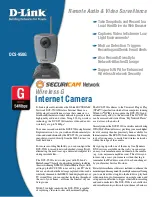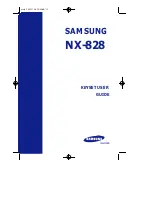
62
Wher
e Do I Go fr
om Her
e?—How Do I Make Prints?
How Do I Make Prints?
From Data to Paper
Digital photographs can be printed in a variety of ways. Many photofinishers
now take delivery of image files on CompactFlash™ memory cards or on disk.
Some photofinishing systems and personal photo printers also comply with
D
igital
P
rint
O
rder
F
ormat (DPOF), allowing you to print pictures from digital
“print orders” that are stored on the camera memory card. If you have a suit-
able printer, you can also print pictures at home using Nikon View 4. Many
newer color printers for the home market offer near photo-quality prints at an
affordable price. This section describes how to take pictures for printing and
outlines some of the options available for getting prints.
Taking Pictures for Printing
Image size and, to a lesser extent, quality, are important considerations when
taking pictures for printing. Image size determines the maximum size at which
the picture can be printed. If a small picture is printed at a large size, the in-
dividual dots that make up the photo (pixels) will be visible to the naked eye,
giving the picture a rough, uneven appearance. Many household ink-jet printers
have a target resolution for printing color images of around 300 dots per inch.
At this resolution, a VGA photograph 640
×
480 pixels in size will print at a
size of roughly 5.5
×
4 cm (2.1˝
×
1.6˝), while a full-size image will print at about
21.5
×
16 cm (8.5˝
×
6.4˝).
The higher the image quality and size, the better the results when the picture
is printed, particularly at larger print sizes. We recommend that you set image
quality to FINE or NORMAL and image size to SXGA, UXGA, 3 : 2, or FULL when
taking images that you intend to print at a later date (an image size of 3 : 2
will produce prints of the same proportions as prints made from 35-mm film).
Taking Photographs for Editing and Enlarging
With its 2,560
×
1,920 recording pixels, your Nikon digital camera can capture
fine details, particularly at an image quality of HI and sizes of FULL or 3 : 2.
Because HI-quality images require large amounts of memory, however (see fig-
ure on page 66), only a few such images can be stored on a memory card. We
recommend that you use this setting when taking photographs that will later
be edited in an imaging application or printed at an enlarged size.
Summary of Contents for Coolpix 5000
Page 14: ...xiv ...
Page 146: ...132 ...
















































